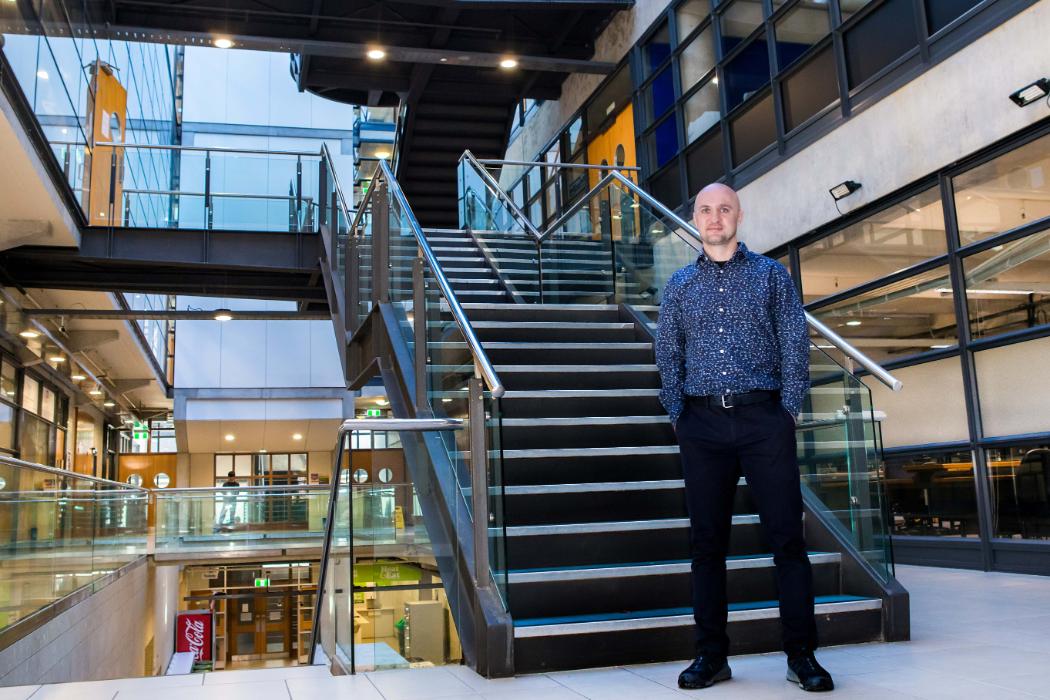Te Whare Wānanga o Waitaha | University of Canterbury Associate Professor of Data Science Alex Gavryushkin is co-leading work on new algorithms that could provide real-time predictions in response to health and biosecurity events – including the Avian influenza.
“Our algorithms can present a range of possible outbreak scenarios, rather than just the one that’s the most statistically plausible, as well as updating their predictions in real time,” Associate Professor Gavryushkin says.
“In a situation like bird flu, the technology can use epidemiological and genetic data to track the transmission and spread of the disease, updating the likelihoods of these scenarios as new data emerges.
“Right now, as new data comes in, we scrap what we have and start again. But with this new technology results can be updated in real time, revising previous calculations,” Associate Professor Gavryushkin says.
By using the AI algorithms to inform transmission tracking systems, Associate Professor Gavryushkin says science can be applied at the scale needed for Government priorities, protecting both biosecurity-sensitive industry and livelihoods.
“New Zealand is a small population with a high dependence on biology-rooted industries. Applying powerful AI algorithms supports our health, growth and innovation in a large global economy.”
Associate Professor Gavryushkin is collaborating with Senior Research Fellow Dr Remco Bouckaert from the University of Auckland’s School of Computer Science and Distinguished Professor Nigel French of Infectious Disease Epidemiology and Public Health at Massey University in addition to partnering with the University of Otago and Environmental Science and Research (ESR).
The researchers are currently making funding applications to continue this work.
“By combining Artificial Intelligence (AI), scientific knowledge, biotechnology and Mātauranga Māori, we aim to create technology that enables New Zealand to act swiftly and effectively against serious biosecurity threats,” Associate Professor Gavryushkin says.
“Once we have this efficient infrastructure for biosecurity algorithms in place, we will be in a far better position to prevent problems further down the track by doing the difficult, time-consuming pre-computations early on, including before outbreaks start and in parallel to them,” he says.

